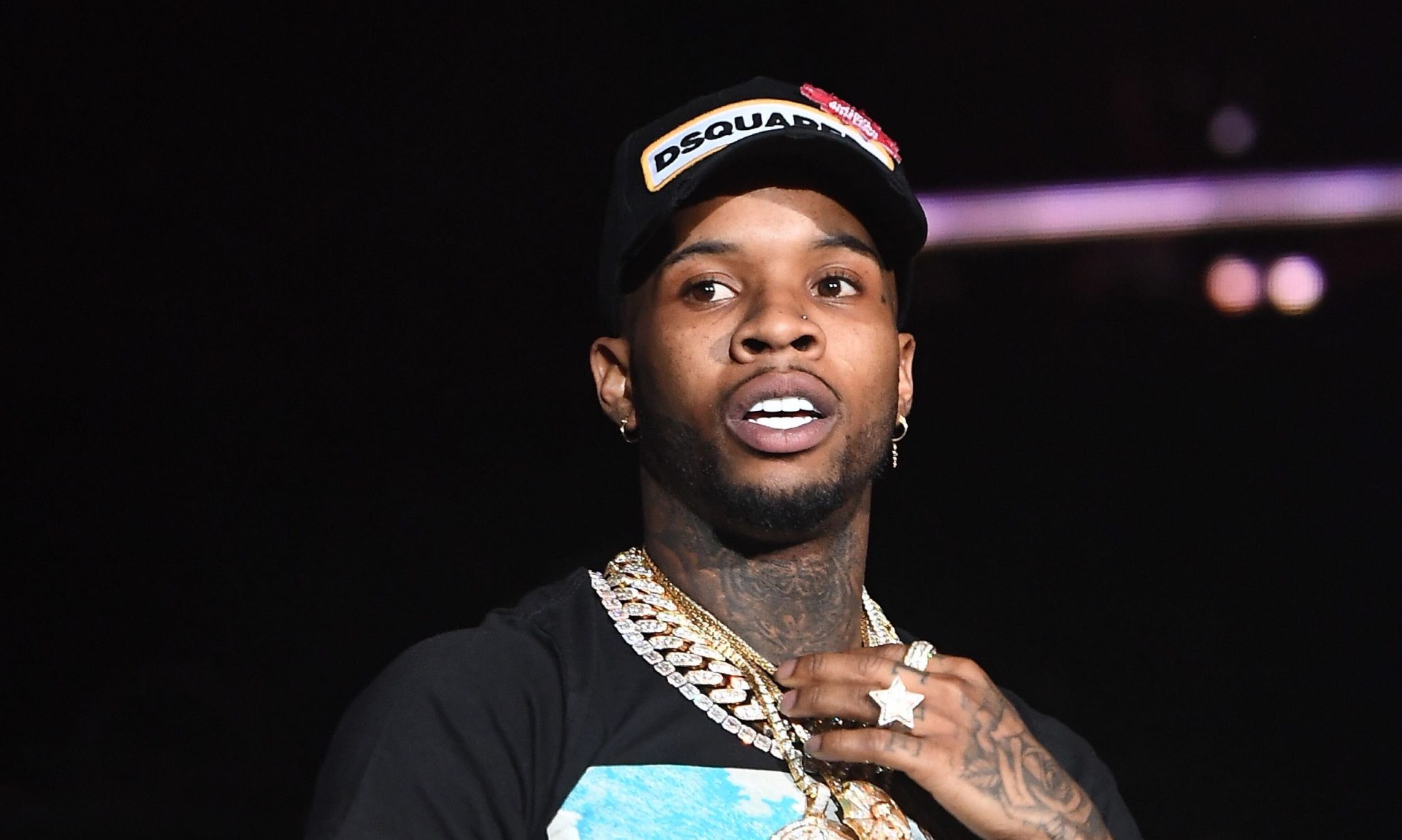Q: How and why have dealers’ marketing strategies changed in the wake of the pandemic?
Rosie O’Meara: While most consumers are getting back to normal activities and shopping habits, auto marketers face some ongoing challenges as the consumer market continues to reset itself. After nearly two years of car-buying hibernation, marketing starts with understanding current buying intent. Like many other industries, auto marketers are experiencing a shift in how consumers research and buy cars. More specifically, post-pandemic auto buyers expect options for how and when they buy a car.
For auto marketers, this means adjusting marketing strategies to reach shoppers with the right message at every step of the research and buying process. How marketers reach each of these audiences continues to evolve in the wake of the pandemic. But with contextual data like foot traffic, marketers can reach audiences that have recently visited a dealership, then align their audience targeting with their customers’ preferences, such as auto brands, the places they visit and demographic insights.
Tara Rego: As market conditions evolved on almost a daily basis, we saw our automotive dealer clients becoming nimbler with their messaging and targeting strategies. This required them to have stronger, iterative relationships with their creative agencies and media providers. Among our customers, the dealerships that succeeded the most maintained a consistent presence in front of their customers, and promoted their strengths. For them this was an opportunity to grow their market share by highlighting their differentiators. They leveraged data to better understand who their priority customers were and how, when, and where to best reach them. Effective messaging strategies that we have seen included an increased focus on the customer experience (e.g., positioning the dealership as a friendly and convenient place to do business), an increased emphasis on service, and buying used cars. More recently, we have seen campaigns focus on recruitment, as well as build-to-order capabilities.
John DeMarco: Because of the pandemic, digital retailing now is an industry staple and marketing strategies reflect this shift. Whether it’s pre-qualifying customers for a loan or end-to-end vehicle shopping or buying online, dealers have adapted quickly to ensure they digitally provide consumers with what they’re looking for while communicating effectively along their journey. As digital retailing has increased, dealers have become more agile in their marketing, tailoring it to consumers’ varying levels of digital preferences. For example, some consumers want to start the purchase process online and finish in the dealership. In contrast, others want to complete the entire process online, down to delivery straight to their driveway. Understanding consumer preferences is paramount to effective marketing, especially in today’s environment.







